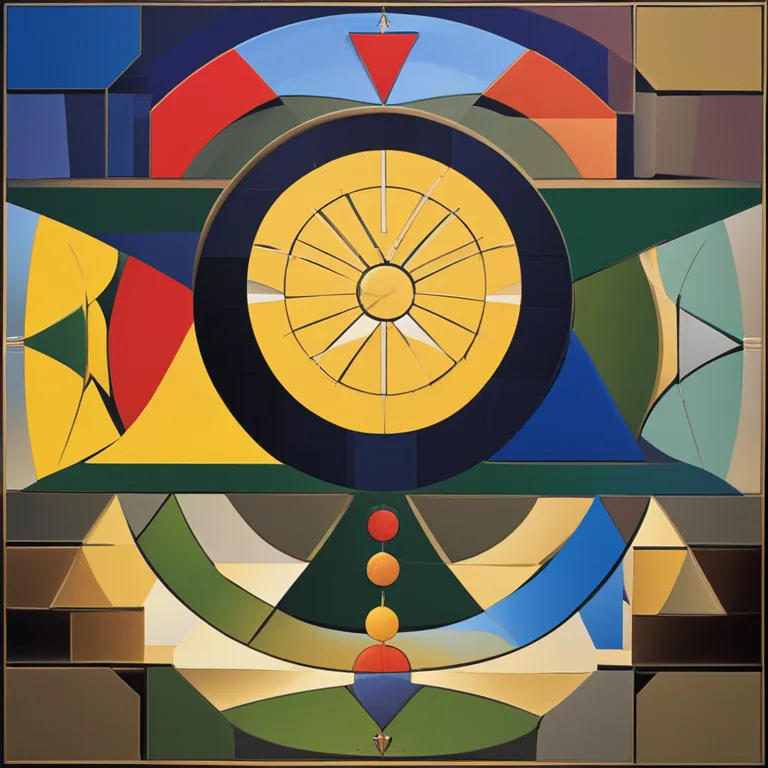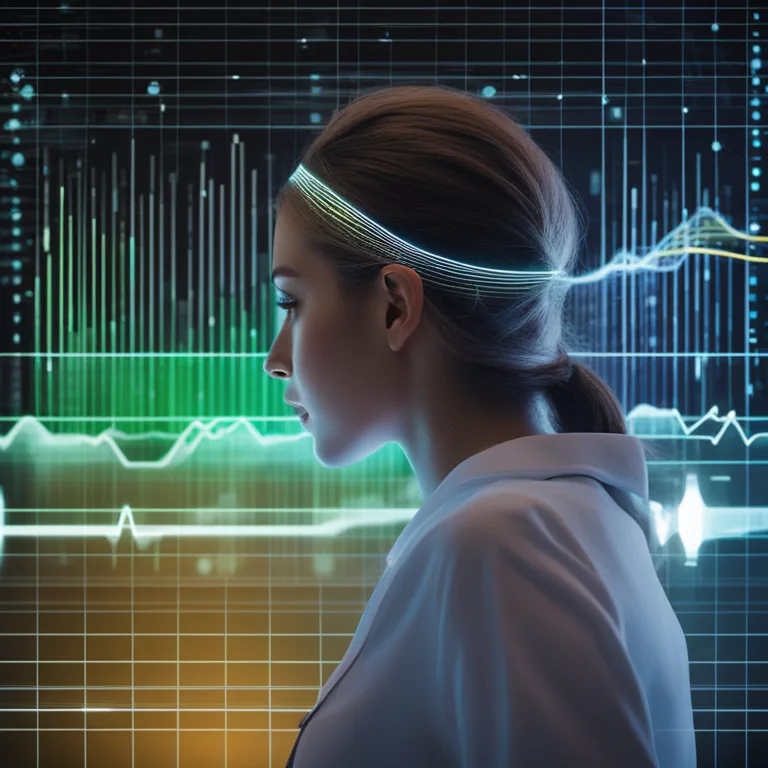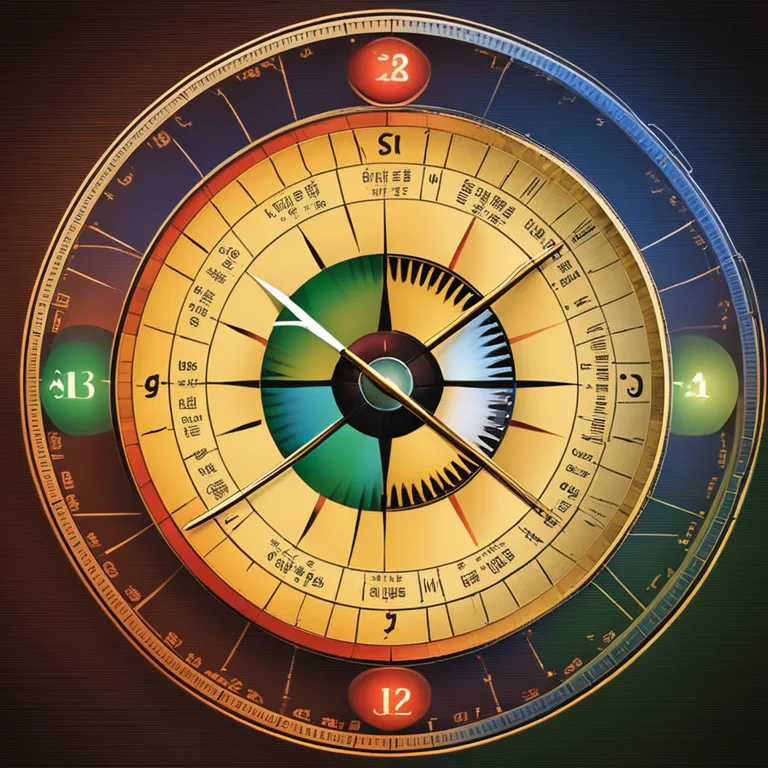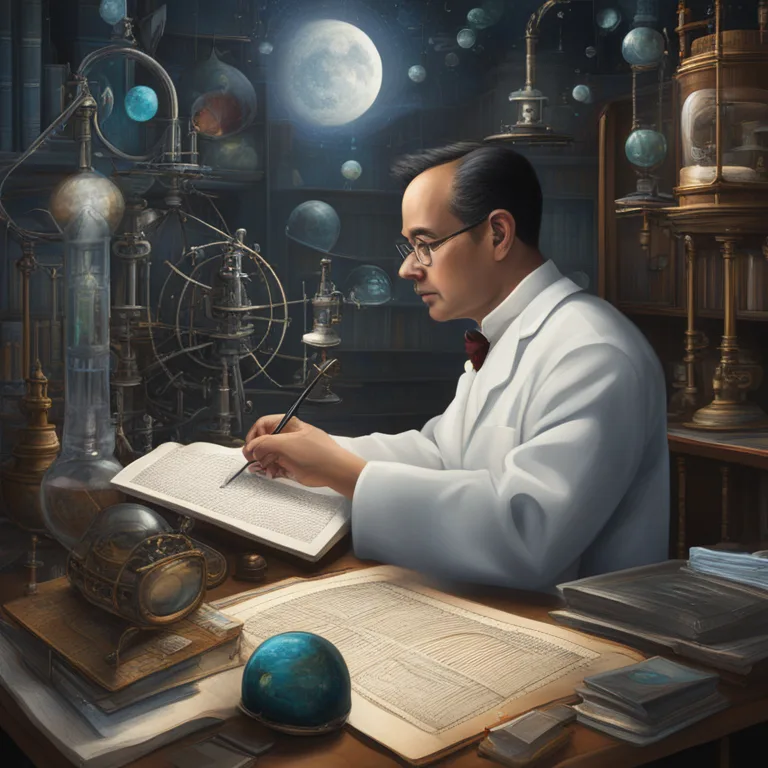
The Biorhythm Biological Clock: Syncing Life's Rhythms
Discover how biorhythms influence your physical, emotional, and intellectual states, and learn the science behind your internal biological clock.
article by Adrian Wallace
Introduction to Biorhythms
Whether you're a morning person who jumps out of bed at sunrise or a night owl who comes alive after dark, your body follows an internal schedule known as your biological clock. This clock is part of a broader system of biorhythms, which are cycles that regulate various physiological and cognitive functions. Biorhythms impact our physical, emotional, and intellectual states and are influenced by external cues like light and temperature, as well as internal mechanisms including hormones and genetic factors. As we grow more aware of how these cycles underpin our daily lives, we can harness this knowledge to improve overall well-being.

Biorhythms: Physical, Emotional, Intellectual Facets
The theory of biorhythms suggests that there are three primary cycles affecting our body: the 23-day physical cycle, the 28-day emotional cycle, and the 33-day intellectual cycle. The physical cycle governs aspects like strength, coordination, and endurance. The emotional cycle affects mood, creativity, and sensitivity, and the intellectual cycle determines logic, alertness, and analytical ability. These cycles begin at birth and oscillate between high and low phases, influencing our performance and mood.

Scientific Skepticism and Interest
It's interesting to note that while biorhythm theory has its share of enthusiasts, it remains controversial within the scientific community. Critics argue that the concept lacks empirical evidence and reproducible results. Despite the skepticism, the field continues to generate interest, with emerging research in chronobiology – the study of periodic phenomena in living organisms – shedding light on how temporal patterns are fundamental to biological processes.

Modern Technology and Biorhythms
In 2024 and beyond, technology plays a pivotal role in monitoring and understanding our biorhythms. Wearable tech, such as smartwatches and fitness trackers, now provide detailed insights into sleep patterns, heart rate variability, and activity levels. By aggregating this data, we can get a clearer picture of our personal biorhythm profiles and optimize our schedules for peak performance and health.

Applying Biorhythm Principles
Adopting biorhythm principles into our lives involves more than just wearing a device; it requires a mindful approach to daily habits. Aligning activities with our natural cycles can lead to better sleep, improved mental acuity at work, and enhanced emotional stability. For instance, tackling challenging tasks when our intellectual cycle is at its peak or planning restorative activities during physical lows can create a harmonious balance.
Biorhythms and Health Interventions
The world of medicine increasingly recognizes the importance of biorhythms, particularly in the field of chronomedicine. This approach tailors medical treatments to an individual's biorhythms, enhancing medication efficacy and reducing side effects. As we continue to discover more about these biological rhythms, the potential for personalized medicine and intervention strategies that are in sync with our body clocks grows.
Future Perspectives on Biorhythms
Moving forward, the study and application of biorhythms are likely to expand. With advancements in AI and machine learning, predictive models of individual biorhythms could improve mental health treatment, athletic training, and occupational scheduling. As we unlock the profound impact biorhythms have on our lives, we are poised at the edge of a new frontier in personal health and productivity optimization.
Published: 12/28/2023
Modified: 12/28/2023
More predictions
Come back here soon to learn more about yourself and your future


The Synergy of Cycles: Biorhythm Compatibility
Discover the secrets of biorhythm compatibility and how it might influence personal connections in our comprehensive guide.


The Core of Biorhythm Theory
Delve into the core of biorhythm theory, a concept that suggests our daily lives are influenced by natural physiological cycles.


The Mechanics of Biorhythms: A Comprehensive Guide
Discover how biorhythms influence your daily life with this detailed guide to the rhythms that govern our physical, emotional, and intellectual states.